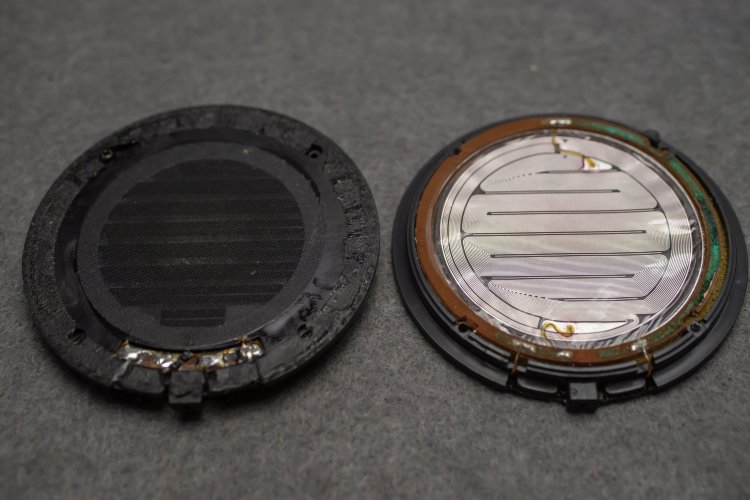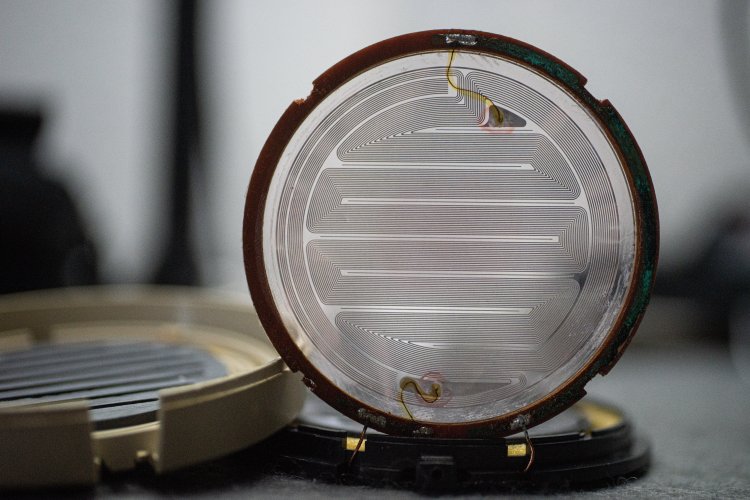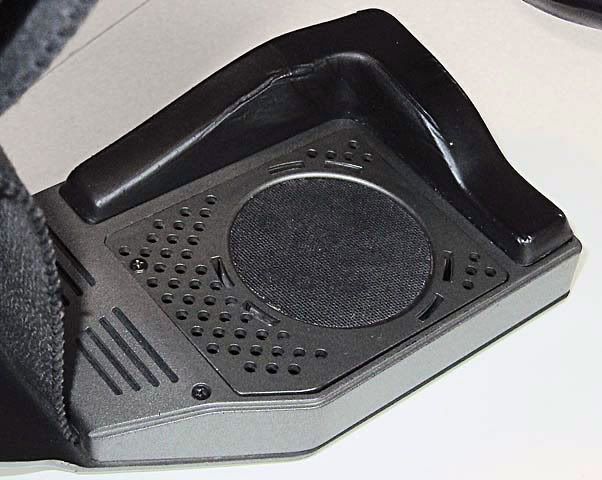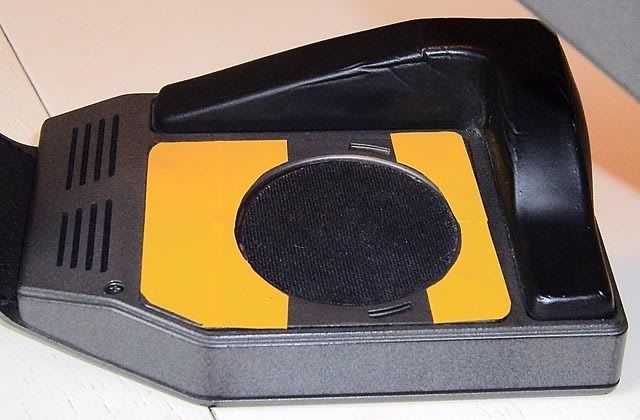setmenu
Strongly opposes a DBT-free chair forum.
- Joined
- Nov 26, 2001
- Posts
- 2,093
- Likes
- 25
Quote:
Here is a pic of the transducer:
http://www6.head-fi.org/forums/attac...4&d=1019480031
.
| Originally Posted by wualta First, thanks for your story about the Wharfedales. No design exists in a vacuum-- someone has to buy it and appreciate it. The little bombshell you dropped with this ribbon business makes me go whaaaaa? They only fixed it at two ends, as far as you know?? Omigod, here we go again with yet another diaphragm design. When you get a chance, we need closeups of that driver, stat. I gotta go sit down. |
Here is a pic of the transducer:
http://www6.head-fi.org/forums/attac...4&d=1019480031
.


























